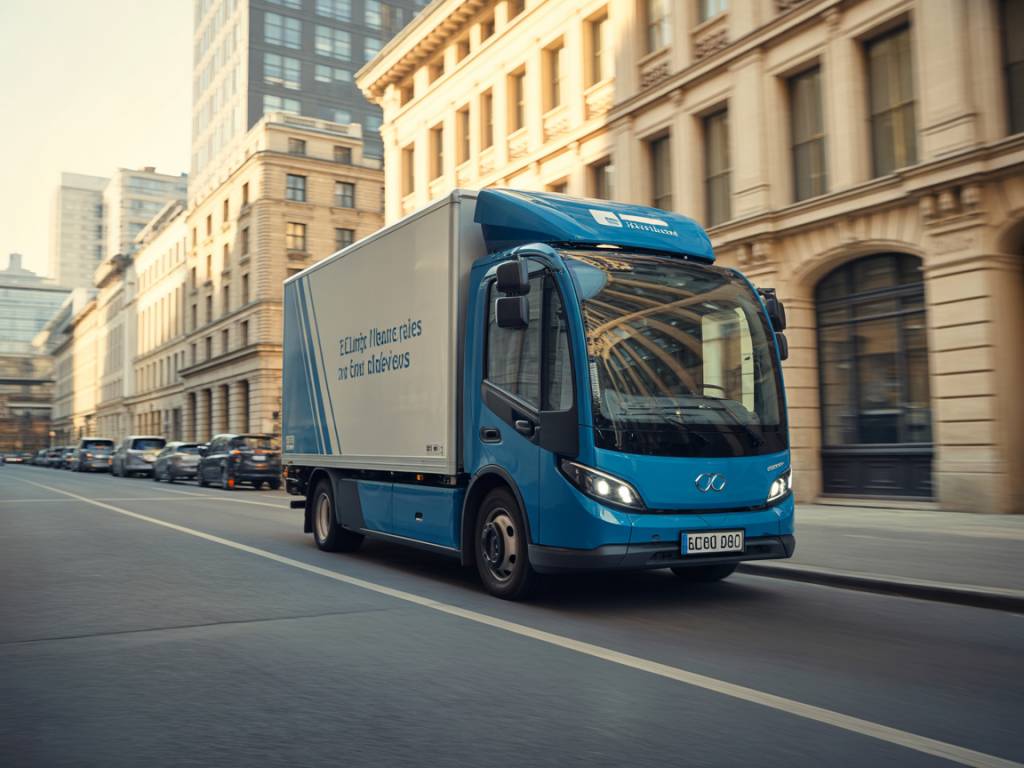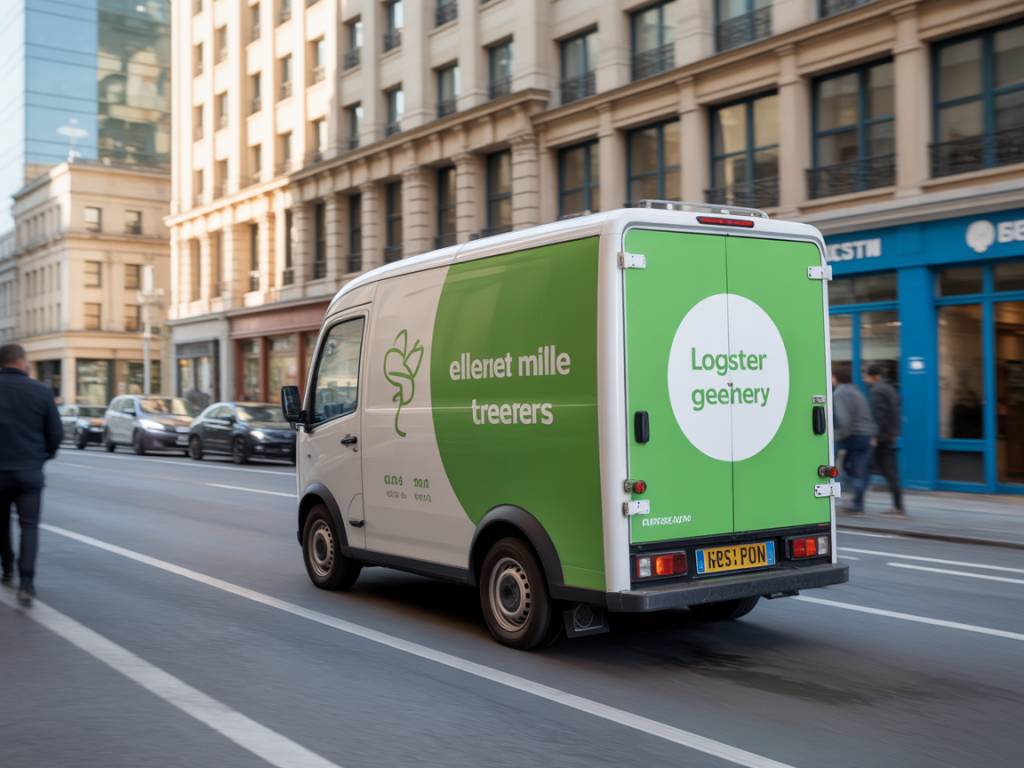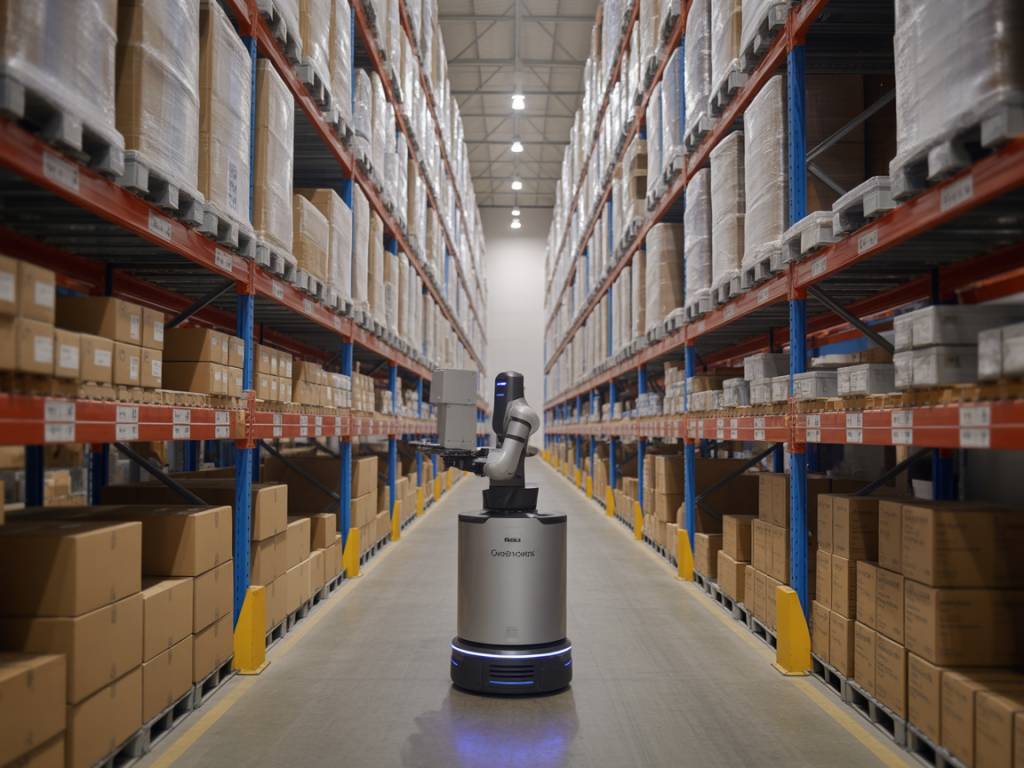The Acceleration of Electric Fleets in Logistics: A Turning Point or a Trend?
Once limited to PR-friendly pilot projects, the adoption of electric vehicles (EVs) in logistics is now unmistakably entering a phase of industrial scale-up. Faced with mounting regulatory pressures, volatile fuel costs, and growing customer demand for greener supply chains, logistics and delivery players are pushing the electric accelerator. But is the shift as smooth as the marketing brochures suggest? Let’s look under the hood.
From Aspirations to Operations: What’s Fueling the Transition?
2023 was a tipping point in many sectors of the mobility industry, and logistics is no exception. Electric fleets now represent more than 4% of new commercial vehicle registrations in the EU—still marginal, but up from less than 1% in 2019. In urban delivery segments, the figure is pushing 10% in cities like Paris, Amsterdam, and Berlin. The reasons?
- Regulatory pressure: Low Emission Zones (LEZs) are expanding across Europe’s major cities. In London, for instance, operators of diesel vans face daily charges up to £12.50 if their vehicles are not compliant with ULEZ standards.
- Cost parity inching closer: While electric light commercial vehicles (eLCVs) still carry a higher upfront cost—on average 20-30% more than diesel equivalents—total cost of ownership (TCO) is becoming competitive, especially in high-utilization contexts.
- CSR commitments and customer image: Retailers like IKEA, Carrefour, and Amazon have set ambitious net-zero delivery targets. They now demand cleaner logistics not just for headlines, but as key procurement criteria.
Data-Driven Decisions: The TCO Factor at Work
In warehouse meetings and boardrooms alike, the shift to electric fleets is often debated in terms of TCO. While initial capital investment remains a sticking point, several variables tip the scales for e-mobility, especially in urban and regional distribution:
- Lower energy costs: Electricity prices vary, but in France, powering a van with electricity costs around €0.05 to €0.07 per kilometre, versus €0.10–€0.14 for diesel.
- Reduced maintenance: Fewer moving parts mean lower maintenance needs. According to Renault Trucks, maintenance costs can drop by 30–40% over five years of operation.
- Incentives: Depending on the country, subsidies can contribute up to €6,000 per vehicle, along with preferential access to urban zones or parking privileges.
But spreadsheets don’t capture the whole picture. Operational flexibility can be reduced with EVs. Operators must plan around charging times and limited range. That’s where early adopters—like Chronopost in France or UPS in Germany—are finding smart ways to rethink routing and charging strategies.
Zoom on Case Studies: Lessons from the Front Lines
La Poste (France): With over 40,000 electric vehicles in service, La Poste runs one of the largest electric fleets in Europe. The group began electrification as early as 2011 and has focused on last-mile routes averaged under 50 km/day. According to company data, emissions have fallen by 20% in urban zones, while maintenance incidents dropped by 25%.
DHL Express Netherlands: Operating over 200 electric vans and e-cargo bikes in cities like Rotterdam and Utrecht, DHL calculates a per-stop cost reduction of 15%, largely due to smart dispatch algorithms and hyperlocal micro-hubs combined with EVs.
Geodis (Europe-wide): This SNCF Logistics subsidiary is rolling out electric trucks for urban deliveries in partnership with Renault Trucks. Initial results in Lyon and Milan suggest up to 2.5 tonnes CO₂ saved per vehicle annually, and reduced noise pollution—a side benefit increasingly valued in sensitive residential areas.
Infrastructure: The Great Bottleneck
If fleet electrification is moving into the fast lane, infrastructure development is still idling. One of the recurring headaches in the sector remains charging capacity—not only the number of chargers but their location, power output, and availability.
A 2023 report by Transport & Environment noted that 80% of fleet operators in Europe cite “charging logistics” as the biggest barrier to full-scale deployment. Depots in dense urban zones rarely have enough grid capacity for simultaneous fleet charging.
- Solution paths:
- Depot-based slow charging during night hours remains the most cost-effective for small to midsize fleets.
- Fast-charging hubs on logistics corridors (such as those supported by EU’s AFIR regulation) are slowly emerging, but require heavy investments and local government involvement.
- Vehicle-to-grid (V2G) solutions are gaining traction, where parked EVs can feed energy back into the grid, improving ROI—but technical maturity remains limited.
New Players, New Models: A Changing Ecosystem
The switch to electric is not just about replacing diesel vans with battery-powered ones; it’s reshaping partnerships and contractual models as well:
- Fleet-as-a-Service: Companies like Voltia, Alphabet, and Northvolt-backed Volta Trucks offer leasing models where the vehicle, maintenance, software, and even energy supply are bundled. This reduces investment risk for SMEs traditionally wary of electrification.
- Energy management as a service: Startups like The Mobility House or Ampcontrol provide smart charging platforms to optimize grid usage, those solutions are especially relevant for multi-vehicle charging overnight with tiered rate structures.
- OEMs pivoting fast: Traditional manufacturers such as Ford (E-Transit), Mercedes-Benz (eSprinter), and Renault (Kangoo E-Tech) have ramped up production, while new entrants like Arrival or Canoo are pushing modular EV platforms designed for last-mile needs.
Urban Logistics Reimagined
Electrification also forces a rethinking of city logistics. EV fleets are not a one-to-one replacement for combustion engines. Operators are adopting new delivery modes:
- Micro-hubs: Positioned inside city centers, these allow final deliveries with e-cargo bikes or small electric vans, reducing congestion and emissions. DPD and Amazon have successfully deployed these in Madrid and Paris respectively.
- Routing software: Advanced telematics and AI-based routing help mitigate EV limitations by optimizing delivery paths for battery life and charging points.
- 24/7 delivery: The low-noise profile of EVs enables off-peak deliveries in noise-sensitive zones, improving efficiency.
By rethinking logistics architecture around the EV’s strengths and limitations, some companies are unlocking new efficiencies—beyond emissions savings.
What’s Next: Electrification at Scale
Despite progress, the path to 100% electric fleets remains challenging. The EU’s “Fit for 55” package and national zero-emission vehicle sales targets will continue to apply pressure. But for many operators, especially SMEs, practical constraints remain:
- Access to capital for upfront vehicle and infrastructure investment
- Regional disparities in charging infrastructure
- Uncertainty in battery performance and resale value
Yet momentum is building. According to McKinsey, logistics electrification will reach mass adoption in last-mile and urban delivery by 2030, representing up to 60% of new vehicle sales in those segments. Long-haul electrification will lag but could catch up as battery density and hydrogen fuel cell tech mature.
In the words of Sylvain Durand, fleet manager at a major French 3PL: “Five years ago, people saw EVs as a gimmick. Today, not preparing for electrification is considered a strategic risk.”
So, is the shift to electric fleets a question of “if”? No longer. Now, it’s about “how fast” and “how smart”. Logistics players who crack the code first—by aligning vehicles, infrastructure, financing, and operations—will likely gain a decisive edge in the race for future-ready supply chains.




